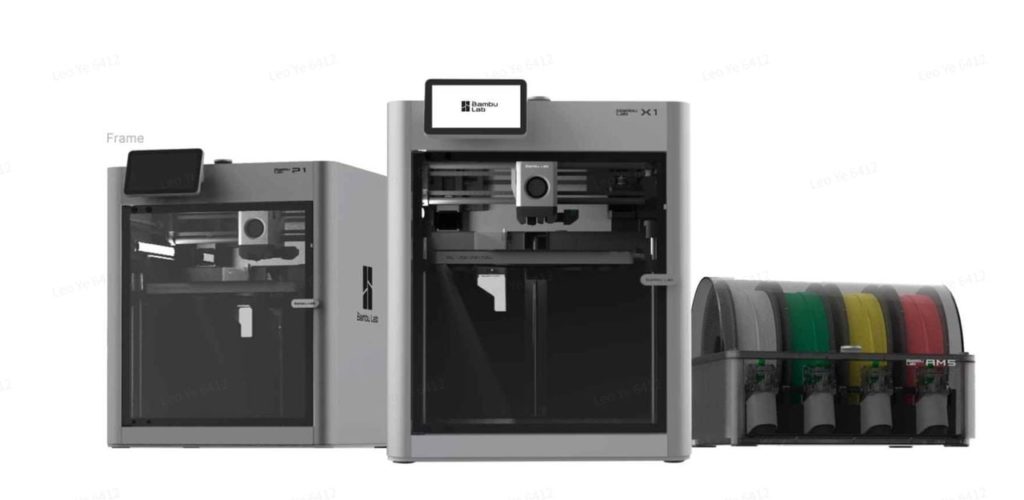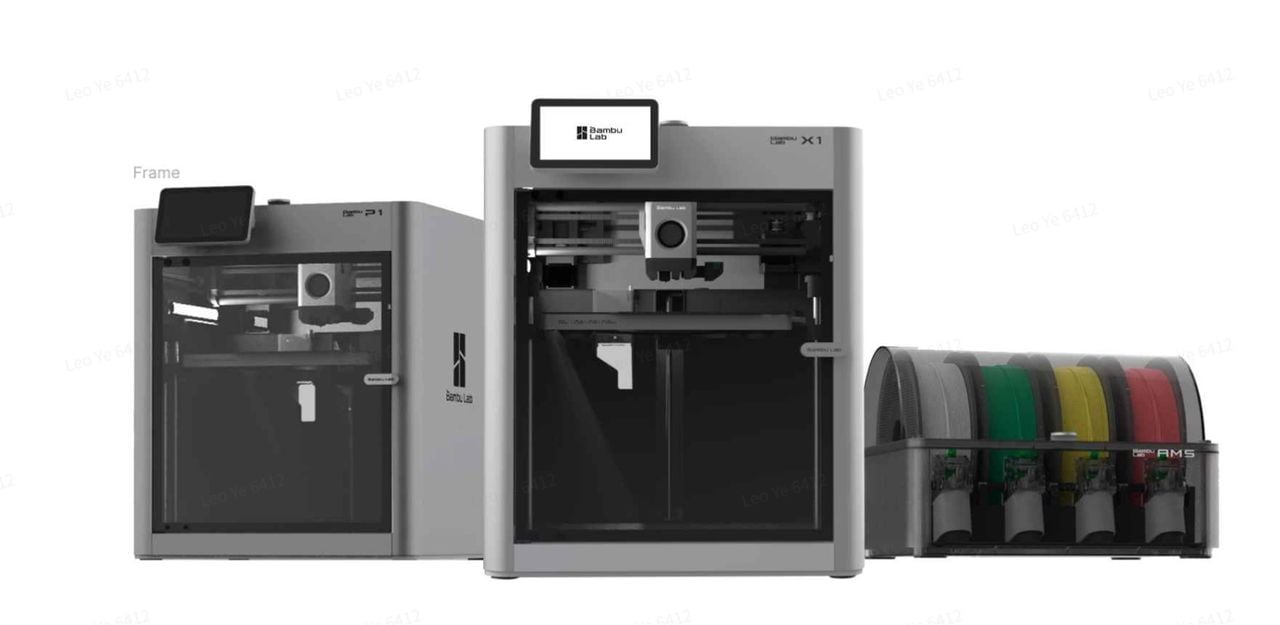
Buying a desktop FFF 3D printer is getting a lot more complex these days.
When desktop 3D printers first arrived on the scene over ten years ago, they tended to be quite expensive. It wasn’t uncommon to see a price tag of around US$2,000 for a machine — and, given today’s standards — they were terrible. Unreliable, poor quality prints, and virtually absent any convenience features.
Over time competition occurred and machines got better, and the prices gradually lowered. Eventually in the past couple of years it was completely possible to obtain a very competent machine in the US$200-400 range.
At that price you’re getting close to “price doesn’t matter” range, where the a large portion of the public would consider risking a purchase.
Decisions would be made not so much on price, but on the convenience features. Does it include automated leveling? What is the print plate made of? Can I get support? How much are spare parts worth?
In retrospect, that was a world where selecting a device wasn’t terribly difficult. You’d simply pick the type of machine you want (FFF or resin) from a reputable company, so long as the device had a reasonable reputation in the community. Most of the features were the same, including build volumes and print speed. Even the prices didn’t vary by much.
Those days are soon to be gone, and new decisions must be made. What would today’s purchasing strategy be?
Advanced 3D Printer Features
In recent months we’ve seen an influx of desktop 3D printers with advanced features that throw that buying logic on its head.
Consider these developing features that are now available on certain devices:
- High speed 3D printing, from 150-600mm/s
- Advanced motion compensation firmware to eliminate ringing
- LiDAR-based bed leveling
- AI-powered optical failure detection
- Fully assembled, enclosed devices at lower cost
- Cloud-based print management systems
- Advanced high temperature extrusion systems
- (Resin) Force-sensing print plates
“Traditional” inexpensive desktop FFF devices had none of these, although some more expensive devices had enclosures.
Moving to a New 3D Printer Style
Today we see a mad scramble from the major players, including Prusa Research, Creality, Anycubic and others reacting to this new world of FFF 3D printing.
It all started when Bambu Lab released their breakthrough device about a year ago. The company, founded by experienced product designers from DJI, was able to build a machine that was utterly different and broke through the “standard” machine design that we had seen for many years, and included many of the features listed above. Now everyone is trying to catch up, and quickly.
Why so? Because someone ready to buy will evaluate the machines and very quickly discount the machines that don’t have at least some of the above advanced features. Why would you buy an old-style machine now, when every company is rushing to bring out more advanced models?
In other words, a FFF 3D printer manufacturer that isn’t moving to this new world is likely going to face big troubles soon. The race for the bottom in pricing is over, and we’re back to new features.
Prusa Research is the classic example here. They did not release a new device to supersede their popular MK3 device for five years, only to find Bambu Lab’s machine suddenly released and becoming very popular. Their reaction was to quickly release the MK4, which they had been slowly working on for years behind the scenes. However, the machine arrived without all of the announced features, suggesting the company might have had to release it earlier than they had originally planned. Similarly, Anycubic released a FFF device that operates at high speed, but did not include Klipper firmware to avoid ringing.
While this shift is trouble for 3D printer manufacturers, it’s fantastic news for 3D printer buyers. There are now several very intriguing choices for machines of this new style, with more on the way.
This gets back to the question I posed earlier about buying strategy. While there is now more choice, there are new questions to be answered beyond build volume and convenience features.
3D Printer Purchase Timing?
While there are some “new style” machines on the market, there are undoubtedly many more about to be announced in coming weeks and months. Should one wait for them to appear, or buy one of the existing choices now?
As always, if you need a machine today, you buy a machine today. However, many buyers will already have older machines that still work competently. What is it that might drive a new purchase? Or should waiting be a better strategy?
My thought here is to wait for more options unless forced to purchase for some reason. While there are some options, more would be better. They may even be less expensive, or have even more new features.
Open or Closed 3D Printing?
Another decision point is whether the device should be “open” or “closed”. Several 3D printer manufacturers tout their machines as open source, and that’s attractive to many who wish to modify their machines.
On the other hand, some manufacturers, notably Bambu Lab, seem to be targeting a different and much larger market: those who don’t care much to modify their machine and just want good prints. Some “modifiers” question the closed nature of Bambu Lab’s products, but the truth is that Bambu Lab is simply looking at different customers with a different business model.
It may be that the 3D printer world divides into two paths: open and closed. However, I suspect that the open options would be hampered by having a much smaller market in the long term. Selling closed machines with near-guaranteed quality and simple operations will likely enable significantly more sales to the general public. The increased revenue from those sales could eventually permit lower pricing, more advanced features, and certainly more advertising, therefore open approaches may find it harder to compete in the market.
Buying a FFF or resin 3D printer these days is different than what it was a year ago. New questions must be considered, as the industry seems to be in the midst of a transition from “legacy” 3D printers to a more advanced stage.
That two-year old FFF 3D printer you’ve been using will very soon start to look quite old and rudimentary.

